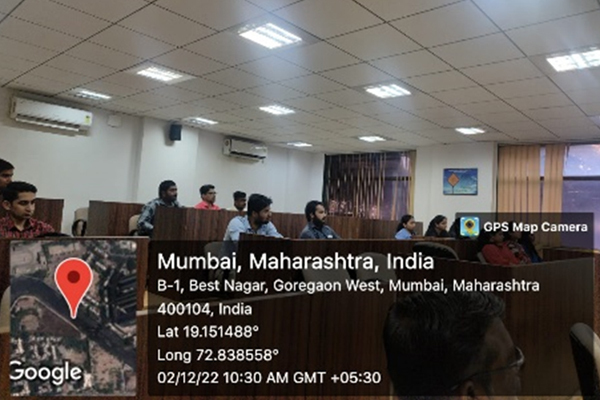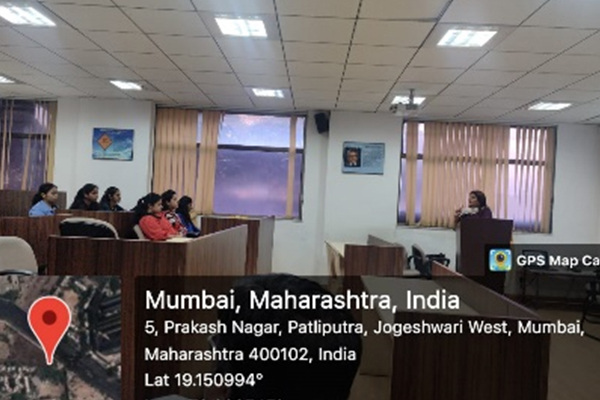Session on Credit Risk Management
– Conducted by Prof. Farrida Daruwalla
A session on Credit Risk Management in lending business, especially by banks, was conducted by Prof. Farrida Daruwalla at the H.K. Institute of Management Studies & Research, Oshiwara, Mumbai on Friday – 3rd December 2022.
Prof. Farrida Daruwalla is an experienced banker with an aggregate of 40 years’ experience in the banking industry. She has been part of the esteemed ICICI and HDFC bank for a period spanning 20 years in each entity. Her was part of the Risk Management teams in these organizations, with specific emphasis on appraising credit proposals, identifying early stress signals in borrower accounts to curtail deterioration in the quality of loan portfolio primarily in large corporate borrower accounts.
With the aforesaid experience, she was invited to conduct a session on Credit Risk Management at the Institute. Prof. Farrida emphasized that credit risk is one of the most vital risks in any commercial lending activity. This risk arises from the failure of the borrower to pay the instalments of the loan regularly. It may arise from either an inability or an unwillingness to perform in the pre-commitment contracted manner. The real risk from credit is the deviation of portfolio performance from its expected value. The more credit of a particular is in risk, the more probability of a bank to be insolvent. Globally, more than 50% of total risk elements in Banks are credit risk alone. Hence managing credit risk for efficient management of a bank has gradually become the most crucial task.
Credit risk management encompasses identification, measurement, matching mitigations, monitoring and control of the credit risk exposures. She stressed upon the 5 Ps of credit which form an integral part of assessing a credit proposal – viz. People, Purpose, Payment, Protection, and Prospects. She went on to explain the principles of good lending and the need to focus on the key credit risks like default risk, concentration risk, and country risk.
The need to bifurcate the credit risks of a loan proposal into financial risk, industry risk, management risk and business risk was explained in detail. Financial risk being the most important risk (carrying 60% weightage), Prof Farrida explained the modus operandi in detail about how to delve in this area and gauge the veracity of the information in detail.
She also touched upon the importance of different types of collaterals offered to back up the loan exposures and the reality of recovery of lent monies by banks through enforcement of these securities. A brief explanation about the importance of post-sanction monitoring was also given to the participants, to ensure monitoring the end-use of funds and see that the same are being used by the borrower for the purpose for which the loan was given. Some of the primary early warning signals were also explained.
The concluding part of the session was made interactive through discussion of some major cases of scams experienced by the banking industry over the years. The subsequent MCQ session also helped the participants to apply the knowledge gained from the session to real life situations.
The session was appreciated by the participants who were enlightened about the loan functions of a bank. The session ended with a vote of thanks to Prof. Farrida for sharing her gainful insights into assessment of loan proposals in the credit risk function of a bank.


